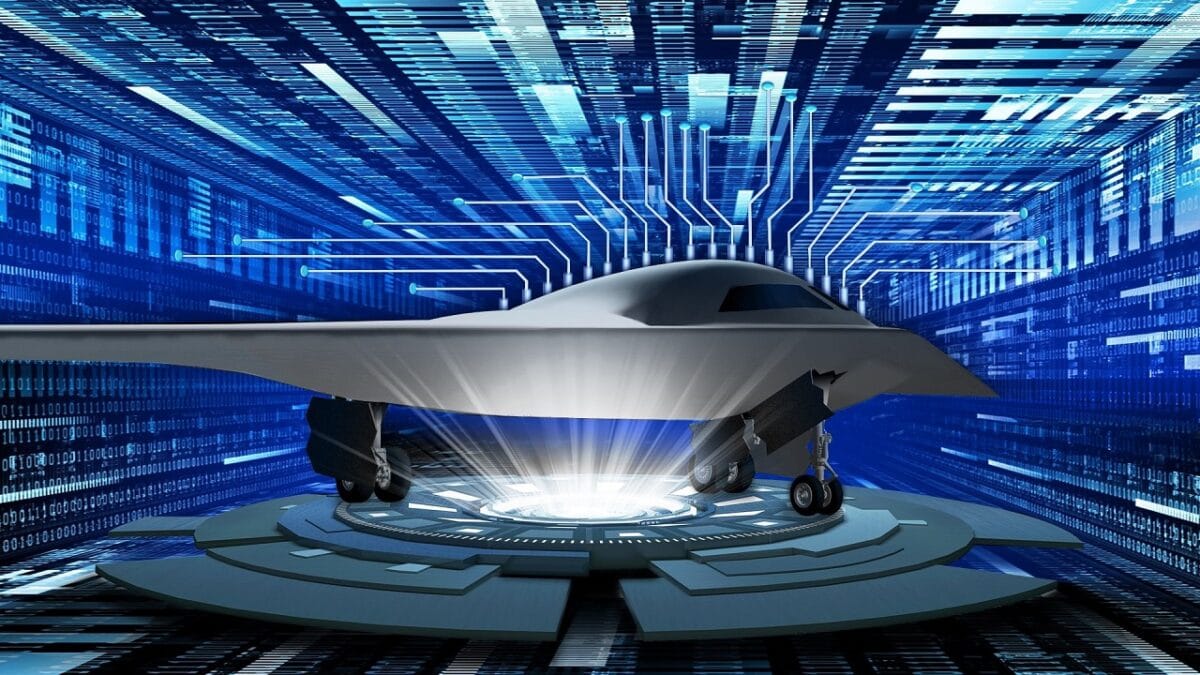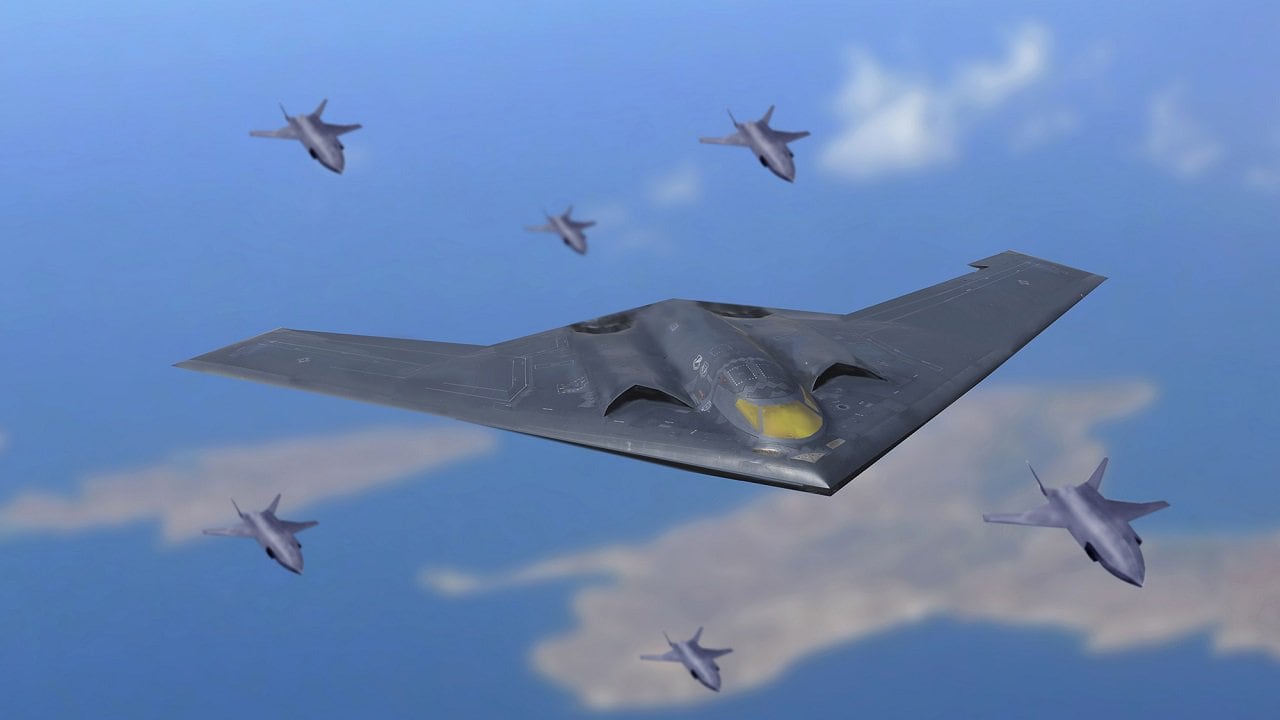The new B-21 Raider stealth bomber is inching forward in its quest to redefine what a ground strike means in modern warfare. The airplane is scheduled to be unveiled on December 2.
Why is the B-21 needed? China’s military is growing by leaps and bounds with the number of stealth fighters increasing by the month and new warships produced at a higher rate. The Air Force wants the B-21 to penetrate Chinese air defenses, launch or drop ordnance, and fight its way back to the United States.
Break Down China’s Wartime Strategy, Operations, and Tactics
China is pushing its war strategy and tactics of Anti-Access/ Area Denial. This is the practice of keeping U.S. military assets from advancing to decisive points in the Taiwan Strait and the East and South China Seas. Beijing has created ample military hardware to execute these operations. The People’s Liberation Army Air Force and Navy are sending assets further away from China to push the limits of Anti-Access/ Area Denial. The B-21 would be able to bust through and break down this strategy to begin a ground strike operation to destroy critical enemy installations, command and control, and radar centers.
B-21: The Go Anywhere Airplane
The B-21 will have long-range, low observability, and nuclear capability. It is designed to be utilized on Day One of a potential conflict scenario with China. It would reduce the time it would take to respond to a global crisis such as the Chinese attacking Taiwan. The B-21 could fly anywhere in the Indo-Pacific region.
It’s Been a Long Time Coming
The United States last introduced a new bomber to the fleet in 1988. The B-21 will eventually replace the B-1 Lancer and the B-2 Spirit to be a go-to ground strike airplane of the future including the ability to carry anti-ship missiles. The B-21 could fly for the first time in 2023. Potential weapons carried include the JASSM-ER cruise missile, GBU-57 bunker destroying bomb and GBU-31 JDAM satellite-guided bomb, according to Asia Times.
But It Won’t Be Easy to Evade China’s Air Defenses
A military operation by the United States will not be a layup for the B-21. China is constantly improving its air defense network by adding the advanced S-400 surface-to-air missile system into the mix. Radar could spot the B-21 when it re-fuels, risking the bomber’s detection. The J-20 Mighty Dragon, China’s most advanced stealth fighter, could possibly successfully detect and engage the B-21.
China Is Confident In New Radar
The B-21 must also watch out for a radar system that China believes could sniff out a stealth warplane. The anti-stealth YLC-8E radar is getting close to fruition. The B-21 could also be more forward deployed by being stationed in Guam or even Australia one day. This would reduce the length of the journey of the Raider and may not require in-air refueling. The B-21 is scheduled to fly out of Ellsworth Air Force Base, South Dakota.
Does China Fear the B-21?
It is clear that China is worried about the B-21. Anti-Access/ Area Denial efforts may not work. China’s air force and navy will have to depend on old and new radars that could be hunted down and killed by the B-21 firing stand-off missiles out of radar range. The B-21 has a large weapons payload and will be able to carry a robust number of missiles and bombs.

B-21 Raider Stealth Bomber. Image Credit: Industry Handout.
China will be watching Western media accounts of the new Raider when it is shown to the public on December 2. Northrop Grumman will likely not allow photographers to shoot close-up photos at the unveiling in order to maintain the secrecy of the B-21’s stealth coatings. As long as China is the main threat, the U.S. Air Force badly needs the Raider. The American bomber fleet is growing older and the B-21’s stealth characteristics make it a valuable piece to thwart Chinese ambitions in the Indo-Pacific.
Expert Biography: Serving as 1945’s Defense and National Security Editor, Dr. Brent M. Eastwood is the author of Humans, Machines, and Data: Future Trends in Warfare. He is an Emerging Threats expert and former U.S. Army Infantry officer. You can follow him on Twitter @BMEastwood. He holds a Ph.D. in Political Science and Foreign Policy/ International Relations.

